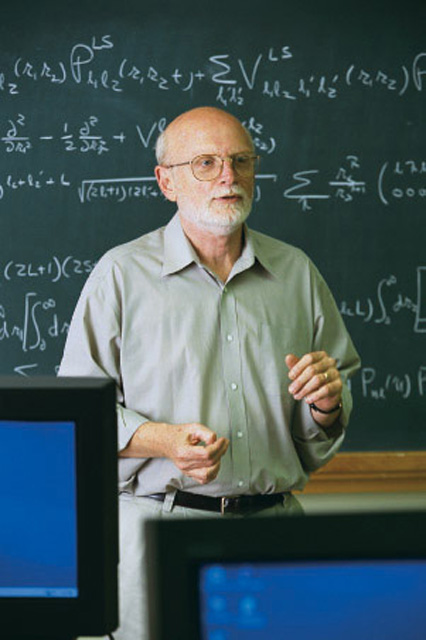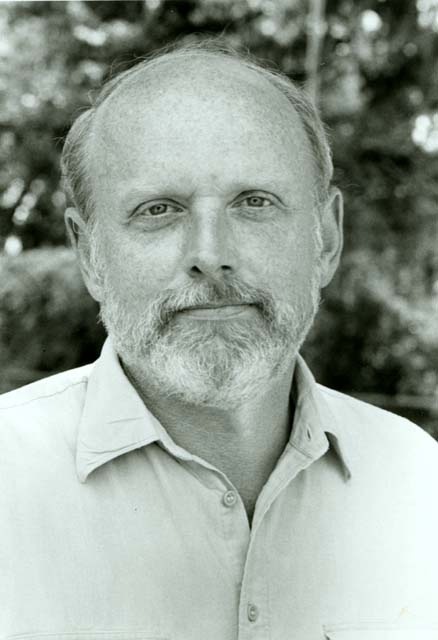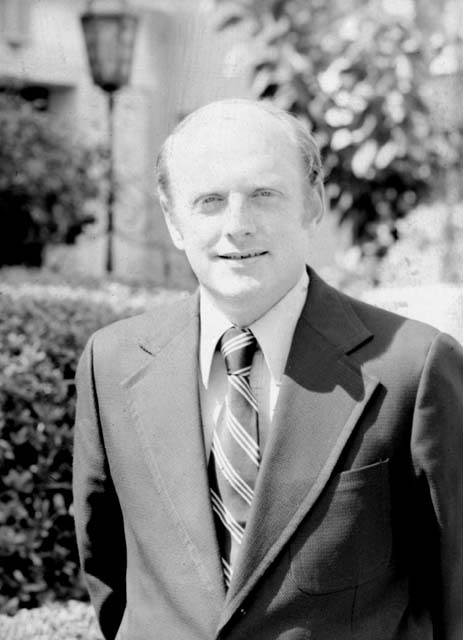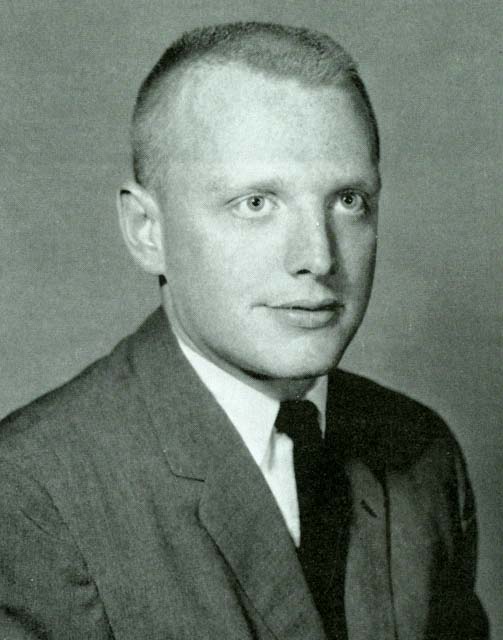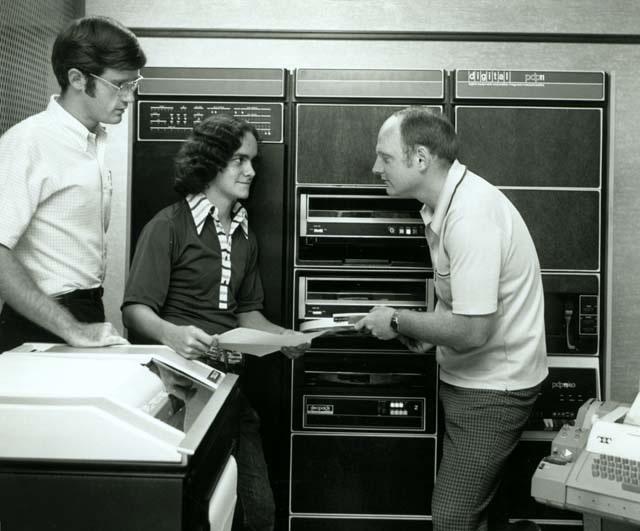|
|
|
||||
DONALD C. GRIFFIN |
|||||
BIOGRAPHY |
Click on Photo for Audio and Text |
||||
|
Donald
Christian Griffin came to Rollins College in 1960 as a student,
and then
in 1970 as a professor. He
has spent most of his life at Rollins where he has instructed
students
in physics, served in administrative positions, as well as
received
numerous honors. Griffin
was born on April 27, 1942, in Pittsburgh, Pennsylvania. He studied at Rollins College, majoring in
physics, where he
received his bachelorís degree in 1964.
From the Purdue University, Griffin received his masterís
degree in 1966, and his doctorate in 1970. Having
joined the Rollins College faculty in 1970, Griffin has not only
taught
courses in physics, but also found time to do research and
publication.
He has participated in research at Los Alamos, Livermore,
and Oak
Ridge, just to name a few, and has published 167 articles, and
composed
forty-six invited papers. Griffin
has not only served Rollins as a member of the
faculty, but also as vice provost, acting provost, and interim
dean of
faculty. Throughout his Rollins career, Griffin has been recognized with several awards, including the Archibald Granville Bush Professor of Science and the Rollins Decoration of Honor in 2001, and the Bornstein Award for Faculty Scholarship in 2004. He is a member of two honor societies: Sigma Pi Sigma and Sigma Xi. He is also a fellow of the Physical Society of America and the European Institute of Physics. His primary areas of teaching are: quantum mechanics, mechanics, principles of physics, general physics, physical science, and modern physics. His research is in theoretical and computational atomic structure and atomic scattering. |
|
|
|||
|
|
|||||
|
|
|||||


